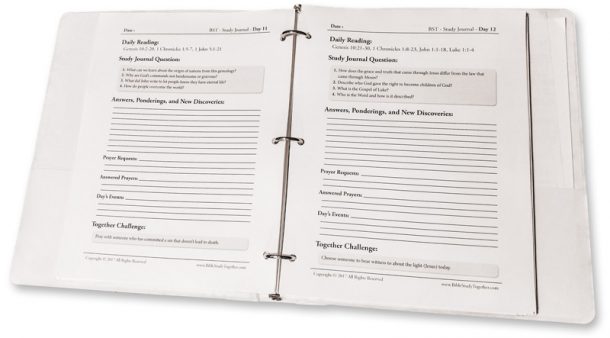- Created By hridoyahmedd
How To Read And Understand Bible Scripture

The science of Biblical interpretation is called Hermeneutics. There are more than 20 methods of how interpreting Bible scripture and they have to be brought into different combinations depending on the passage of scripture to be interpreted.
However, this should not dissuade anyone from reading the Bible. Hermeneutics is for the serious Bible student. Yet, just about anyone can learn how to read and understand Bible scripture as long as she keeps in mind these principles:
The reason why you want to read and understand Bible scripture.
This is most important. If you want to merely debate the Bible, whether you're pro or con, you won't get much from it. However, if you want to read and understand Bible scripture because you want spiritual meaning in your life, then you'll open up treasures unknown. This, in turn, will even motivate you to go deeper into your study.
The willingness to apply Biblical truths
To read the Bible without the willingness to apply Biblical truths is to miss out completely on the ability to understand it. A huge part of understanding Scripture is experiential. We learn while we live. Wisdom comes when acquired knowledge is put to the test. More so with the Bible, because it is not only a book of wisdom, it is also a book of spirituality.
Start with the Gospels (prepare a notebook on hand
The Bible centers on Jesus Christ. Thus, our Bible reading should begin with his story. Read the Gospels just as you would read a novel. But read in segments - 3 or 4 verses at a time. After reading 3 or 4 verses, stop and ask yourself, "What is this saying to me?" If it doesn't speak to you somehow, then go to the next 3 or 4 verses. Ask that same question to yourself again. If you get an answer, write it down in a notebook.
Then ask yourself a second question: "How can I apply this in my life?" Then write the answer in your notebook. Just answer simply. Don't try to make it a discourse on how to change your life. Little truths will cause little changes. Little changes will mold you into a better person.
Don't put meaning where there is none
While the Bible is full of symbolism, it is nevertheless practical and speaks the truth. To put meaning where there is none might mislead you. Always remember that the central figure of the Bible is Jesus Christ and his mission is to forge a relationship between God and man. Deviate from this and you'll most likely misread and misunderstand Bible scripture.
Invest in Bible tools
One good tool would be a Bible dictionary. I recommend "Nelson's New Illustrated Bible Dictionary" by Ronald F. Youngblood (Editor). Another good tool would be "How to Read the Bible for All Its Worth" by Gordon D. Fee and Douglas Stuart.
Reading the Bible is a journey. It leads to a greater understanding not only of God but of yourself as well.
May the God of Enlightenment guide you as you learn how to read and understand Bible scripture.
End